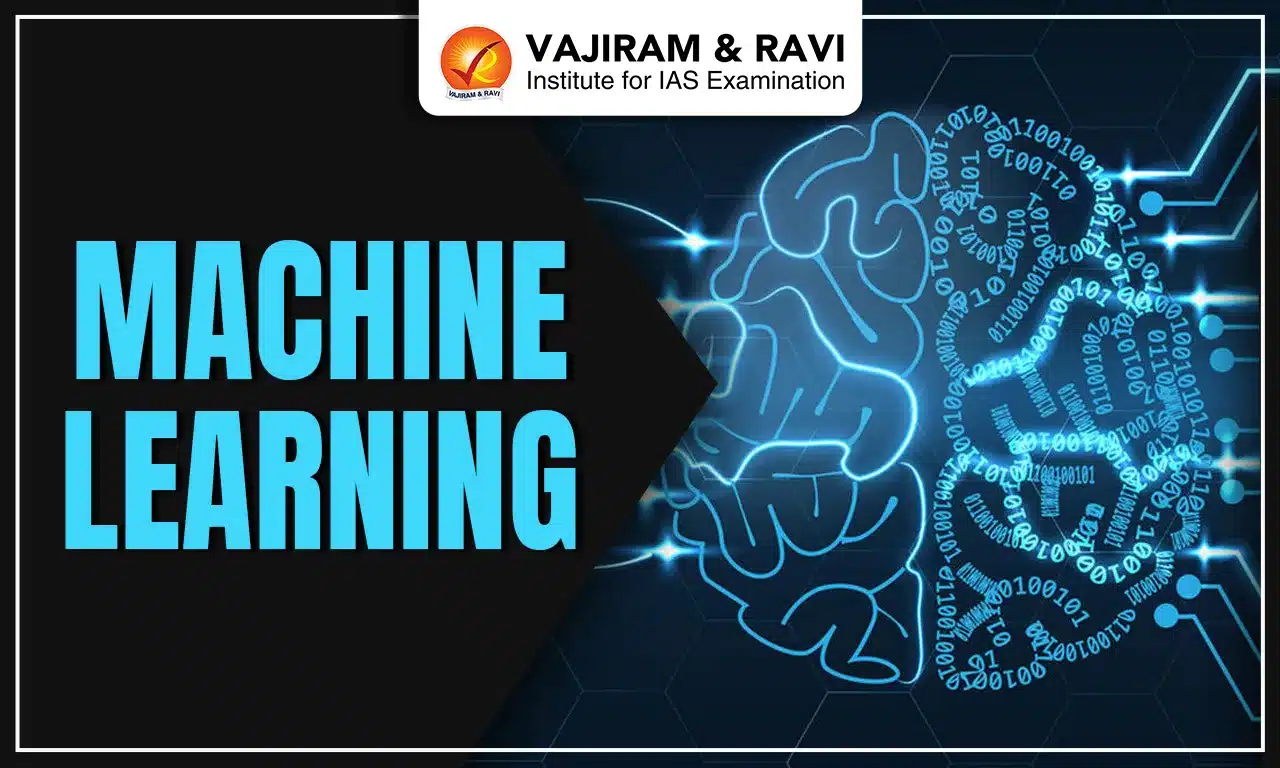Machine learning is an essential branch of artificial intelligence that employs data and algorithms to mimic human learning processes, gradually enhancing its accuracy. It is a cornerstone of the emerging field of data science. It involves training algorithms to find patterns in data, which enables them to make predictions or perform tasks without being explicitly programmed.
For example, a natural language processing tool like ChatGPT allows you to have human-like conversations with the chatbot. The field of machine learning is continuously evolving, and new advancements are likely to emerge in the future.
Working of Machine Learning
Machine learning uses two types of techniques: supervised learning, which trains a model on known input and output data so that it can predict future outputs, and unsupervised learning, which finds hidden patterns or intrinsic structures in input data.
Supervised Learning
- It is a subcategory of machine learning and AI.
- Supervised machine learning creates a model using known data to make predictions when there's uncertainty. It's used when you have data for the output you want to predict.
- Supervised learning uses classification and regression techniques to develop machine learning models.
- For example, facial recognition at Airports like DigiYatra for paperless and contactless travel.
Unsupervised Learning
- Unsupervised learning finds hidden patterns or intrinsic structures in data. It is used to draw inferences from datasets consisting of input data without labelled responses.
- For example, a cell phone company uses machine learning and clustering algorithms to position cell towers strategically. This optimization helps place towers in locations that best serve different clusters of customers, ensuring improved signal reception for each group.
Applications of Machine Learning
The following are a few applications of Machine Learning:
- Speech Recognition: It utilizes natural language processing to convert human speech into written text, facilitating voice search and enhancing accessibility. For Example, Siri, Alexa, etc.
- Customer Service: There are several Chatbots that are revolutionizing customer engagement, providing instant responses to FAQs and offering personalized advice. For example, Slush, Maya Chatbots, etc.
- Computer Vision: Machine Learning enables computers to extract meaningful information from visual inputs, with applications ranging from to medical imaging. For Example, Google Translate, Facebook 3D Photo, Faceapp, etc.
- Recommendation Engines: It analyzes past consumption behaviour to enhance cross-selling strategies, often employed by online retailers. For example, online ads, Spotify for recommending songs, etc.
- Automated Stock Trading: It employs AI-driven platforms for high-frequency trading, making rapid trades without human intervention. For example, NinjaTrader, etc.
- Fraud Detection: It utilizes machine learning to identify suspicious transactions, employing both supervised learning and anomaly detection. For Example, Credit card fraud detection, POS fraud detection, etc.
India and Machine Learning
India stands on the verge of a machine learning revolution, with vast potential for growth and innovation.
- India is a hub of significant opportunities, attracting attention and investments from major multinational corporations worldwide.
- Also, Indian companies are not only keeping pace with global trends but are also evolving to become significant players on the global stage.
- In recent years, India has witnessed a surge in the adoption of Machine Learning applications, particularly in sectors like retail, transportation (especially airlines), and financial services.
- This led to the creation of approximately 0.18 to 0.2 million new jobs, highlighting the demand for skilled professionals in this domain.
- The growth trajectory is expected to continue, fueled by the technology's ability to reduce human error and enhance operational efficiency.
Indian Startups in Machine Learning and AI
India has seen a surge in startups specializing in Artificial Intelligence (AI), with approximately 170 such startups garnering a total investment of $36 million.
- Bengaluru is a hotspot for AI startups, hosting 64 of them.
- These startups operate in diverse sectors like healthcare, e-commerce, finance, and more; for example, Edge Networks, Fluid AI, Flutura, Heckyl, and Mad Street Den.
- Larger IT companies like TCS, Infosys, and IBM are also investing in AI-based solutions.
Government Initiatives for Machine Learning
The Indian government has a history of funding AI and ML research, particularly in areas like knowledge-based systems and perception engineering.
- MeitY initiated the Knowledge-Based Computer Systems Project in 1986, supported by UNDP, creating necessary infrastructure in academic institutions/R&D centres.
- DRDO funds AI projects at the Centre for Artificial Intelligence and Robotics (CAIR) for both defence and civil applications.
- Infosys provided Rs. 50 million to IIIT Delhi for AI research.
Last updated on January, 2026
→ Check out the latest UPSC Syllabus 2026 here.
→ Join Vajiram & Ravi’s Interview Guidance Programme for expert help to crack your final UPSC stage.
→ UPSC Mains Result 2025 is now out.
→ UPSC Notification 2026 is scheduled to be released on January 14, 2026.
→ UPSC Calendar 2026 is released on 15th May, 2025.
→ UPSC Prelims 2026 will be conducted on 24th May, 2026 & UPSC Mains 2026 will be conducted on 21st August 2026.
→ The UPSC Selection Process is of 3 stages-Prelims, Mains and Interview.
→ UPSC Result 2024 is released with latest UPSC Marksheet 2024. Check Now!
→ UPSC Toppers List 2024 is released now. Shakti Dubey is UPSC AIR 1 2024 Topper.
→ Also check Best IAS Coaching in Delhi
Tags: machine learning quest




















